Technological beekeeping process
According to the National Center for Agricultural Extension, the country currently has about 1.5 million bee colonies, with more than 34,000 households raising bees, with honey output ranging from 50,000 to 60,000 tons per year, of which more than 90% is for export. Currently, the demand for honey and bee products is increasing rapidly, thanks to the trend of consuming natural, organic and healthy products.
Beekeeping in Vietnam has developed thanks to favorable natural conditions with a tropical monsoon climate and rich natural forest areas. Fruit, vegetable and forestry production areas in the Mekong Delta, Central Highlands and Northern mountainous areas create an ideal environment for bee colonies to thrive. However, the productivity and quality of Vietnamese honey are facing many challenges due to climate change, diseases, and production still relying on traditional methods.
Agricultural scientists believe that the decline in forest areas and flowering plant areas also causes a shortage of food sources for bees, disrupting the development of colonies and reducing honey yields. In this context, the need to develop and apply modern beekeeping processes becomes necessary.

The Center for Tropical Bee Research and Beekeeping (Vietnam Academy of Agriculture) specializes in researching and transferring beekeeping technology processes to beekeepers across the country. The Center is currently building management and traceability applications for bee colonies, contributing to effective research, proactive bee breeding, and ensuring product quality.
This is not only the first unit in Vietnam to successfully artificially inseminate queen bees, but also successfully applied 4.0 technology to the process of raising bees for honey, creating high economic efficiency in honey exploitation.
According to Associate Professor, Dr. Pham Hong Thai, Director of the Center for Tropical Bee Research and Beekeeping, applying 4.0 technology such as Internet of Things (IoT), Artificial Intelligence (AI) and Blockchain along with smart sensor systems running on smartphone platforms to monitor farms or bee gardens. Hardware is a device that applies technology to monitor beehives. Software is a traceability system including web interface applications and mobile applications on Android or iOS operating systems.
AI technology is used to analyze pollen images to determine the origin and quality of honey. The automatic control and monitoring system provides information to beekeepers through three sensors: sound, temperature and humidity, and weight. From these sensors, data is analyzed by AI to predict problems related to the health of the bee colony.
The Center for Tropical Bee Research and Beekeeping is testing technology in beekeeping and monitoring honey quality on beekeeping farms in the Central Highlands, thereby evaluating the effectiveness of applying these 4.0 technology processes, solutions and products.
The successful practice of implementing the topic "Research on technology application in honey production management for export and domestic consumption" in the past 3 years by scientists at the Vietnam Academy of Agriculture shows that technology application is carried out in collecting and managing data sources, transparency from the beekeeping process to harvesting, transporting, and distributing to consumers.
Associate Professor, Dr. Pham Hong Thai, project manager, said: "This project was granted a certificate of scientific task performance by the National Agency for Science and Technology Information (Ministry of Science and Technology) in March 2025."
Beekeeping combined with technology does not stop at monitoring but also opens up new directions in breed selection. “We have applied artificial insemination technology to breed queen bees with high honey productivity and good resistance. This is the basis for forming healthy bee colonies, suitable for changing climate conditions,” Associate Professor, Dr. Pham Hong Thai added.
Traceability: Transparency is the key to integration
Notification via computer, application of 4.0 technology helps beekeepers to manage thousands of bee colonies easily. Users of honey products only need to use their phones, scan the QR Code on the product, can trace the origin of the product, address of the breeding bee, flower source, disease prevention and treatment.
Information on the weight of bee colonies can also predict the relative honey productivity of each colony, thereby helping farmers plan production effectively and proactively manage the quantity of contracts and orders for export and the domestic market.
In recent times, scientists have successfully tested the method of raising bees in the next box to increase the purity of honey, increase the quality of honey because the honey is not mixed with pollen, dead larvae and has low water content. This technique has been transferred by the Center for Research on Bees and Tropical Beekeeping to farmers in some provinces such as Nghe An, Son La...
The model of applying honey beekeeping technology in Tra Su cajuput forest (An Giang) clearly demonstrates the successful conversion from single-box beekeeping to multi-box beekeeping, helping to increase productivity and product quality. The center also plans to coordinate with a number of companies in Hanoi, Thai Nguyen and the Central Highlands provinces to implement this new technology model into practice.
In addition to training beekeeping techniques for farmers in many provinces and cities, scientists from the Vietnam Academy of Agriculture are also actively collaborating to find outlets for honey products. For example, coordinating with the Department of Science and Technology of Cao Bang to implement the project of applying 4.0 technology to developing community tourism, including a model of preserving bees for wax collection to serve tourists to visit and experience...

Untangling the bottlenecks of capital, awareness and connectivity
According to the Food and Agriculture Organization of the United Nations (FAO), honeybees contribute to pollination of more than 35% of global food crops. Therefore, applying technology not only helps increase honey production, but also contributes to stabilizing agricultural production and protecting food security.
In Vietnam, the transfer of practical beekeeping technology processes has been and is bringing efficiency in the production process and quality management. Associate Professor, Dr. Pham Hong Thai, Director of the Center for Bee Research and Tropical Beekeeping emphasized: “The 4.0 technology application model allows data to be stored securely and cannot be edited, helping to authenticate products throughout the supply chain from the farming area to the hands of consumers. The production process from input to output is transparent and provides safe products”.
Applying high technology helps change the way of monitoring and managing bee colonies, from "bookkeeping" to "digitalization", which not only helps increase productivity and product quality, but is also consistent with the Project "Sustainable development of the bee industry to 2030" of Vietnam with the key goal of sustainable development, enhancing the competitiveness of the bee industry, building and protecting the brand of Vietnamese bee products.
However, the application of 4.0 technology to the bee industry is facing some difficulties. According to a survey by the research team of the Vietnam Academy of Agriculture, most small-scale beekeeping households lack a certain amount of funding for investment and have limited highly skilled human resources, so even though they have received advice, they are not very interested in the production process associated with the application of this new technology.
Nearly 65% of beekeeping households in the North and more than 62% in the South do not know about bee management applications on smartphones. This is a major barrier in the context of the bee industry needing strong digital transformation to meet integration needs. The research team's survey also showed that, despite research and implementation, awareness of technology in the beekeeping community is very low, more than 80% of beekeepers do not know about AI technology and nearly 92% have never heard of blockchain.
Most beekeeping households still use traditional methods, relying heavily on personal experience. The awareness of beekeepers about the benefits of technology is limited, making it difficult to access and apply new solutions. In reality, investing in technology requires large amounts of capital, while current support programs are still fragmented and not really effective.
Scientists believe that to overcome the above barriers and have feasible solutions to apply 4.0 technology into practice, the Vietnamese bee industry needs active cooperation, sharing, and connection between farmers and universities, research institutes, and businesses. In addition, the active support of farmers' associations and agricultural extension associations in localities also helps beekeepers gradually change their production methods and quickly access technology into production.
Faced with the requirements of the bee industry for export orientation and transparency in the domestic consumer market, the application of technology is also an issue that needs to be prioritized for the development of our country's agricultural sector today. The necessary direction to help the bee industry develop sustainably is to build concentrated beekeeping areas associated with technology transfer centers; promote technology transfer according to bee extension programs, new rural programs, etc.
Source: https://nhandan.vn/dua-cong-nghe-so-phat-trien-nganh-ong-viet-post884472.html



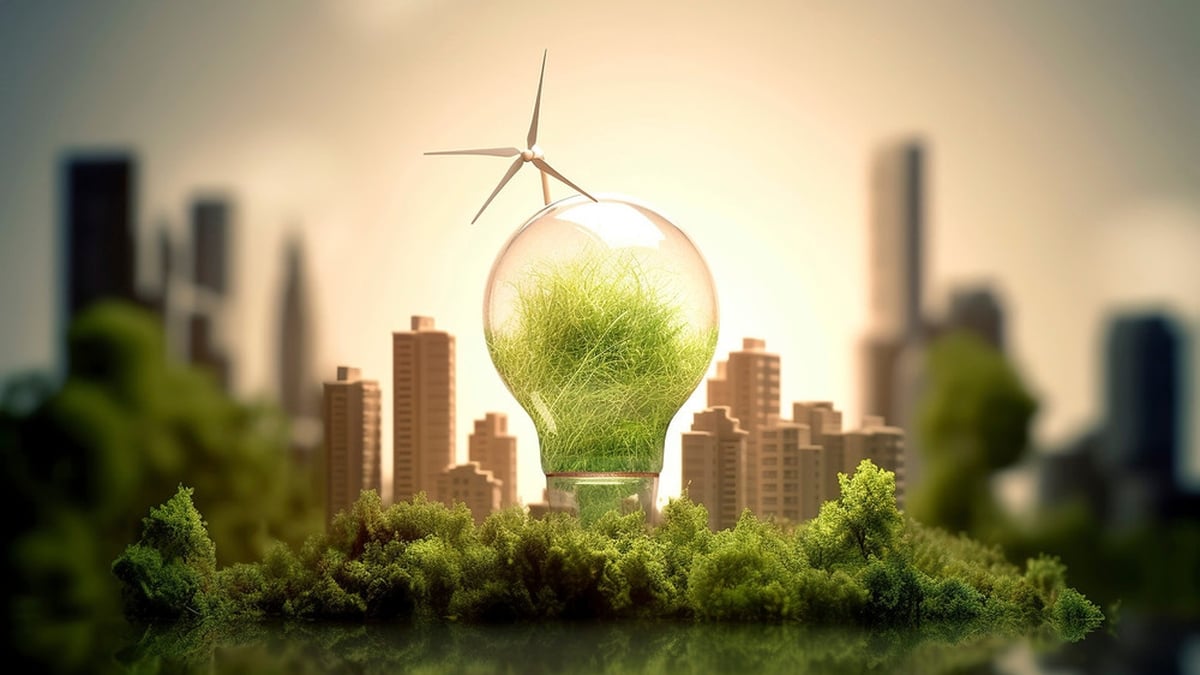
![[Video] New advances in technology for identifying martyrs' remains](https://vphoto.vietnam.vn/thumb/1200x675/vietnam/resource/IMAGE/2025/7/26/ef0db1b91ceb445badc48179e7d272a1)
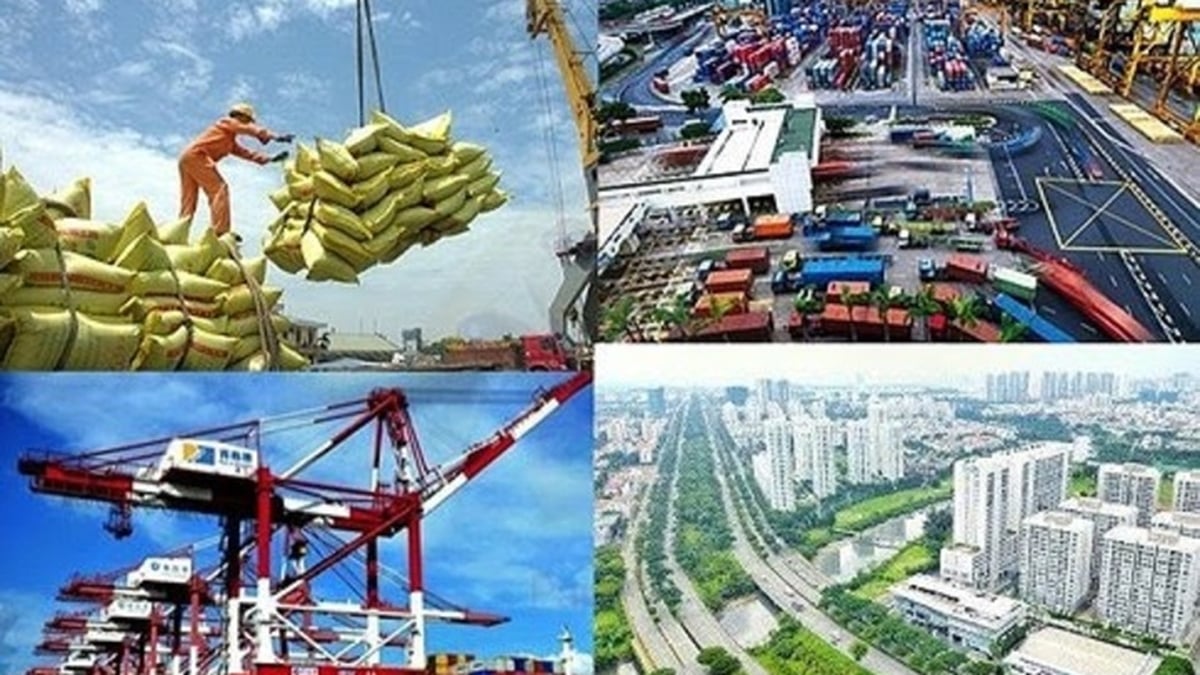

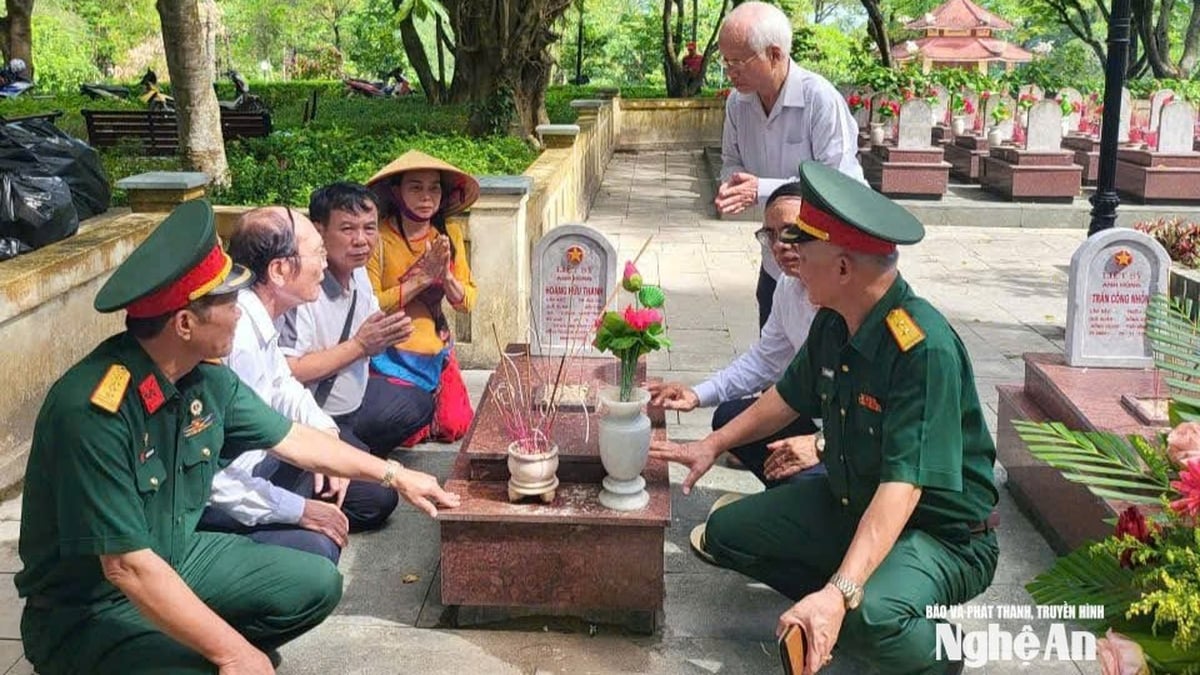



![[Photo] National Assembly Chairman Tran Thanh Man receives Chairman of Morocco-Vietnam Friendship Association](https://vphoto.vietnam.vn/thumb/1200x675/vietnam/resource/IMAGE/2025/7/26/b5fb486562044db9a5e95efb6dc6a263)











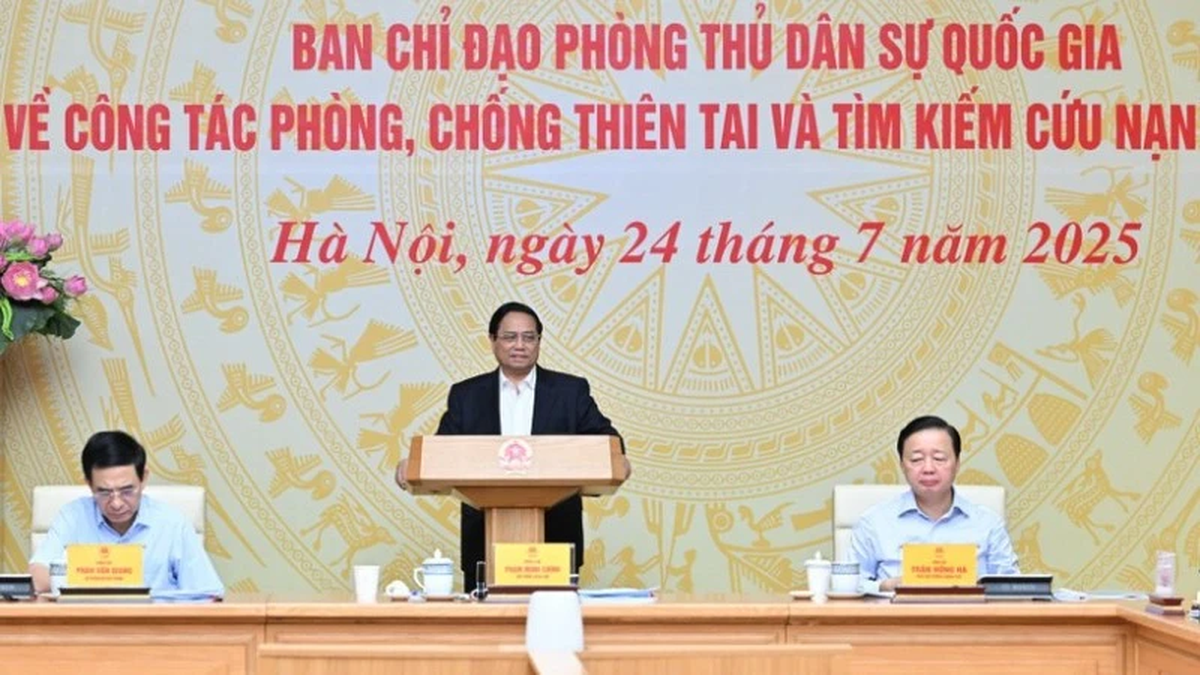

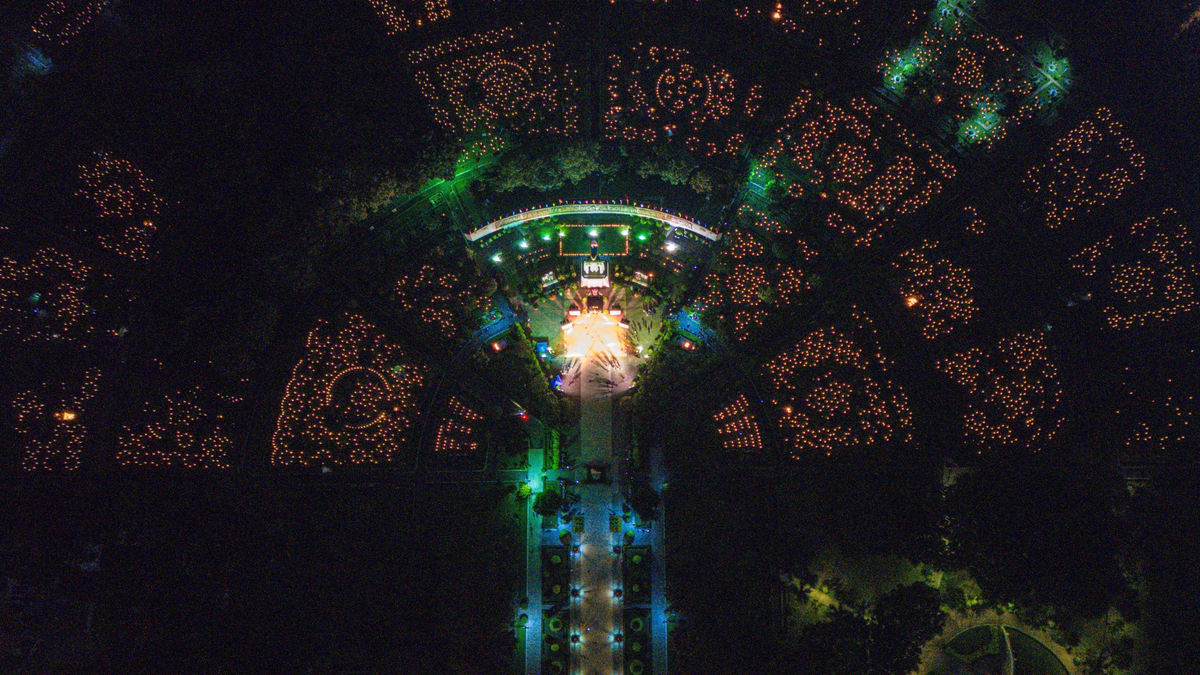




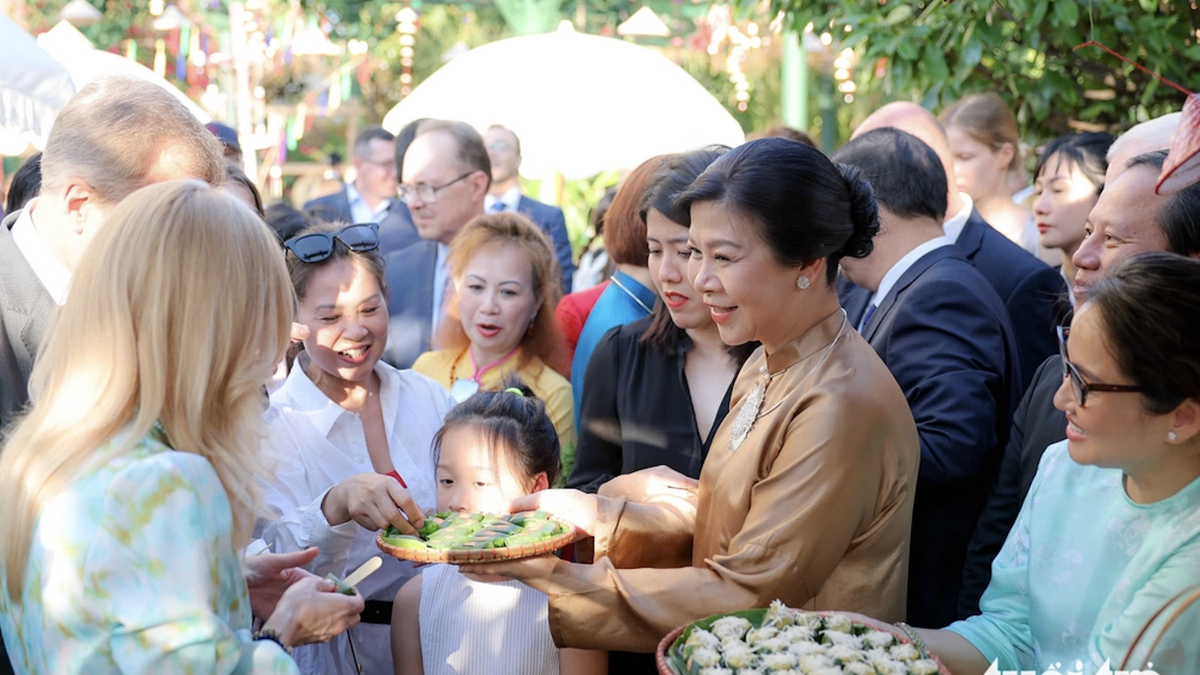

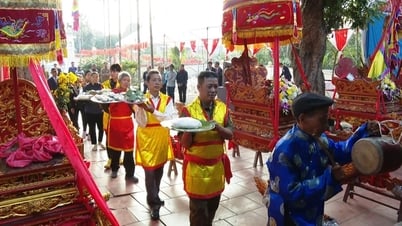


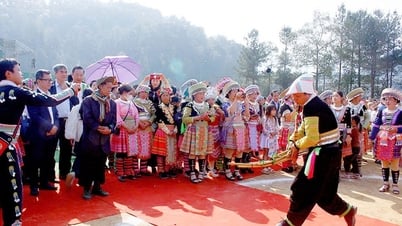



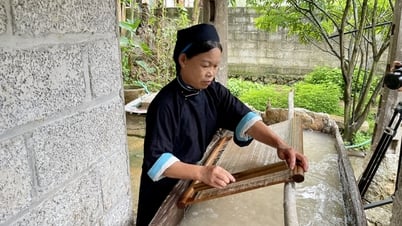







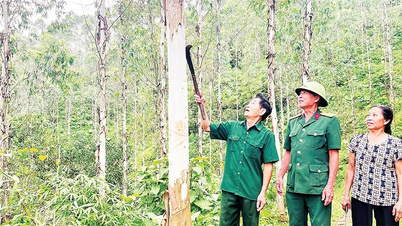


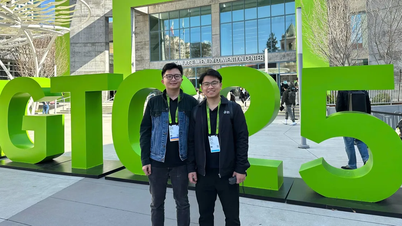

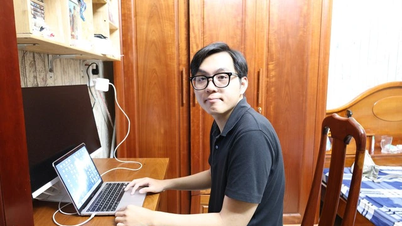




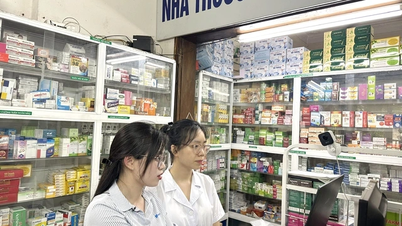
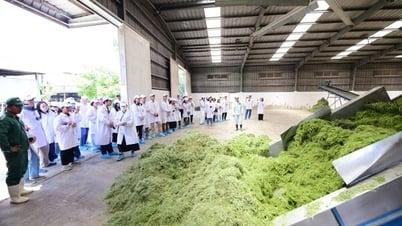


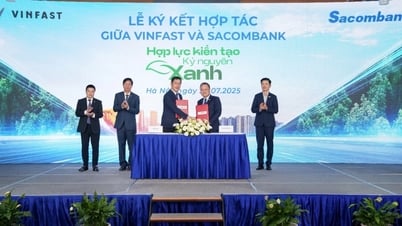


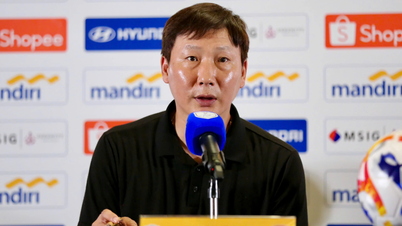




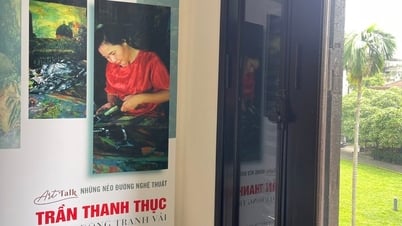




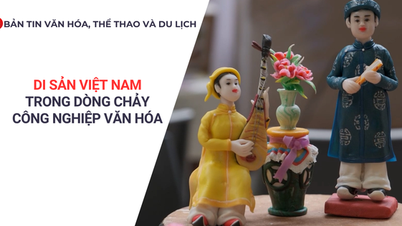


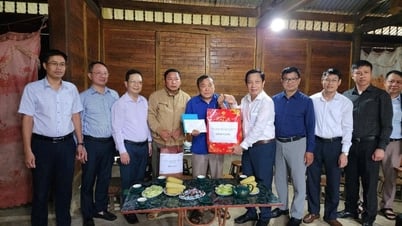













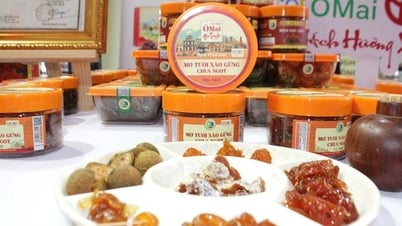

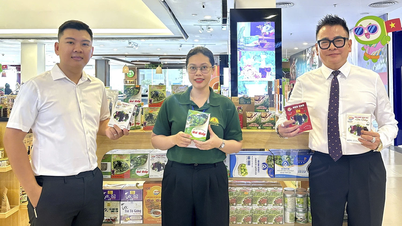

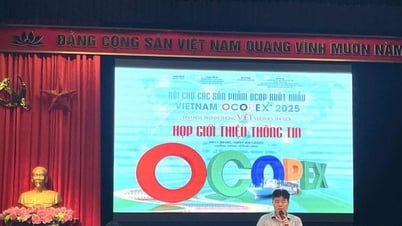






Comment (0)